The Ministry of Public Security has just completed the draft of the National Technical Regulation on Voice Biometrics and the draft of the National Technical Regulation on Iris Biometrics. For Voice Biometrics, the draft stipulates that the age for the first sampling is from 6 years old; the sampling times to update data are from 14 - 25, 25 - 40, 40 - 60 years old.
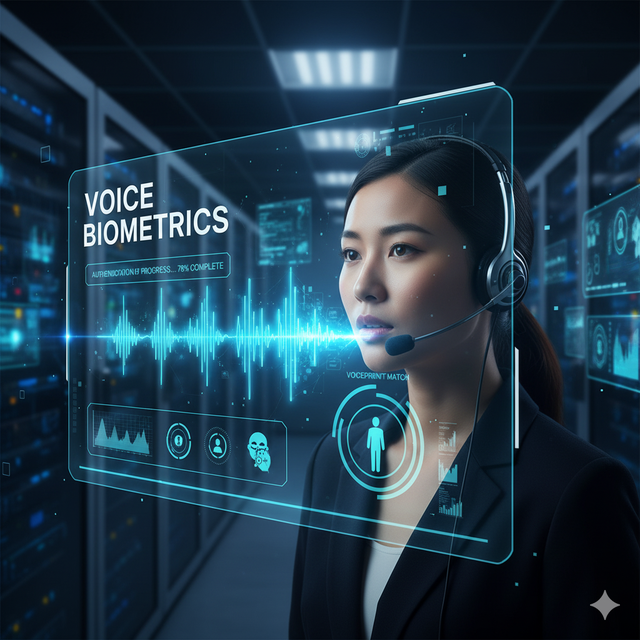
Voice biometrics is a personal identification and authentication technology based on the unique biological and acoustic characteristics of the voice.
Photo: PHUONG AN CREATED BY AI
Associate Professor, Dr. Pham Bich Dao ( Hanoi Medical University Hospital) said that voice biometrics is a personal identification and authentication technology based on the unique biological and acoustic characteristics of the voice. Different from voice recognition, voice biometrics focuses on pronunciation, vibration frequency, amplitude, resonance, speaking speed, rhythm and resonance pattern, i.e. the "biological signature" of the voice.
Affirming that voice is a "unique biometric characteristic" of each individual, Dr. Dao explained: Voice is a personal biological characteristic, reflecting the individual anatomical structure of the larynx, resonant sinus, oral cavity, as well as speaking habits, intonation and emotions. Therefore, no two people have exactly the same voice, even identical twins. Therefore, voice is considered an "audio fingerprint", similar to fingerprints or irises in biometric identification.
According to Dr. Dao, the voice is the product of a complex coordination between many organs in the body, including 3 main systems: the respiratory system (lungs, diaphragm, trachea - providing air flow); the laryngeal system (vocal cords and laryngeal cartilage - creating original sound vibrations); the resonance and pronunciation system (throat, oral cavity, nasal cavity, tongue, lips, teeth, palate - amplifying and transforming the timbre). The esophagus and stomach can create an abdominal voice. Therefore, in the case of a total laryngectomy, people can practice speaking with an esophageal voice. The sophisticated coordination of these organs creates a unique acoustic characteristic for each individual.
FACTORS AFFECTING VOICE
According to Associate Professor, Dr. Pham Bich Dao, a number of diseases and factors affect the voice. In particular, the voice can change temporarily or permanently due to diseases in the larynx (laryngitis, vocal cord polyps, vocal cord paralysis, laryngeal tumors), systemic diseases such as: laryngopharyngeal reflux, endocrine diseases (hypothyroidism, hyperthyroidism), neurological diseases.
In addition, some external factors also affect the voice: smoking, alcohol, allergies, pollution, stress, voice abuse. These changes alter the acoustic characteristics of the voice (fundamental frequency, intensity, etc.), thereby affecting the ability to recognize biometrics. Therefore, in practical applications (such as forensic examination or security authentication), a stable and periodically updated reference voice model is needed.
Male and female voices have their own characteristics. In particular, the male voice has a deep, resonant tone due to longer, thicker vocal cords, low frequency (85 - 180 Hz). In women, the vocal cords are shorter, thinner, high frequency (165 - 255 Hz), the voice has a bright, high tone. In addition, the resonance structure (sinus, oral cavity, chest volume) also contributes to creating clear differences in timbre according to gender.
The voice can change biological sex or be "out of phase" in cases of: hormonal disorders (puberty, menopause, hormone treatment, transgender); due to vocal cord pathology or laryngeal surgery; due to intentional voice training (especially in the profession of acting, singing, transgender). In that case, the "gender" characteristics of the voice can change, causing confusion in biometric identification, especially if the artificial intelligence system has not been trained diversely according to gender variations.
Advanced biometric systems today can distinguish the “original voice” through deep spectral features, which are less affected by changes in appearance. Voice is recognized as a legitimate biometric feature that can be encoded, stored, and matched for identification or authentication.
Associate Professor, Dr. Pham Bich Dao
Source: https://thanhnien.vn/vi-sao-giong-noi-duoc-coi-la-dau-van-tay-am-thanh-18525101819195149.htm








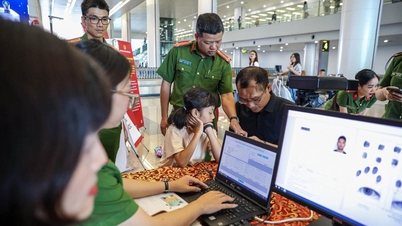


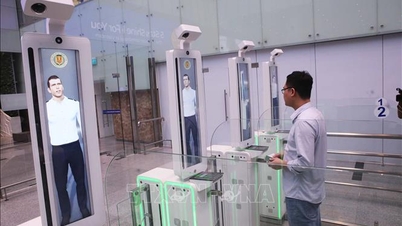

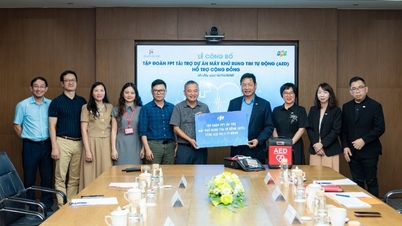





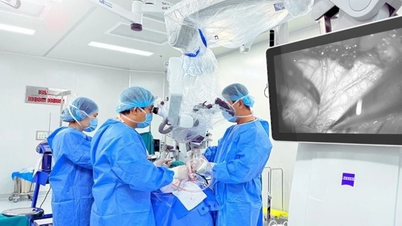

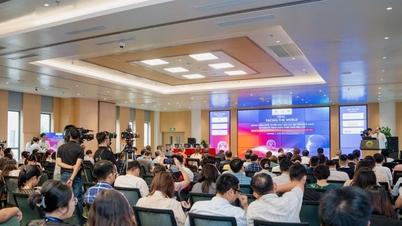



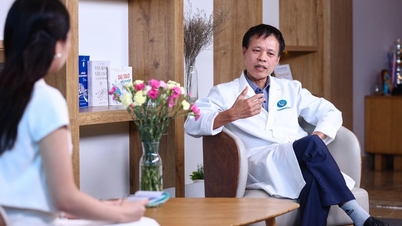






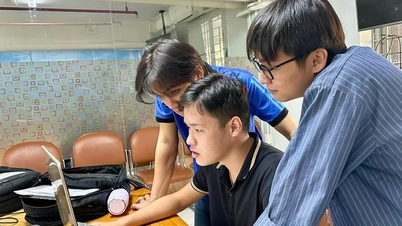
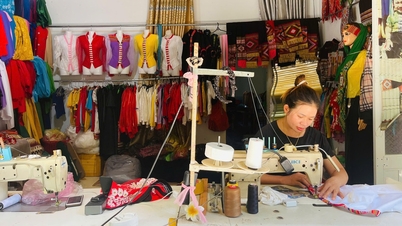
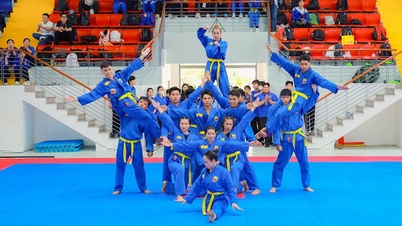
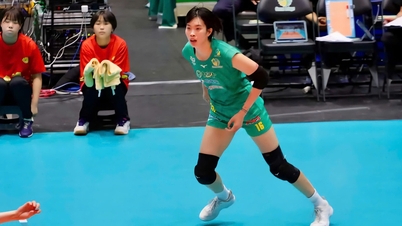



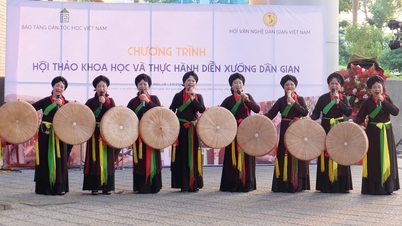



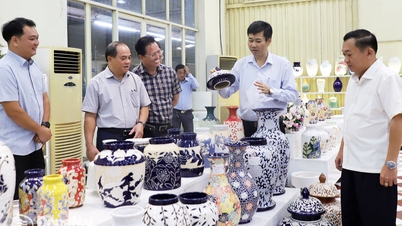









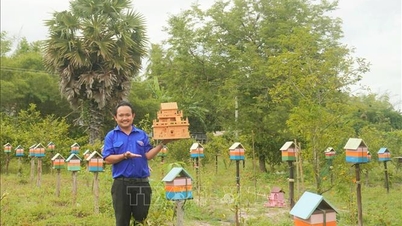





















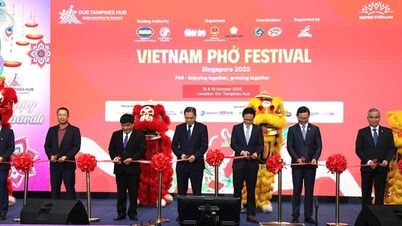
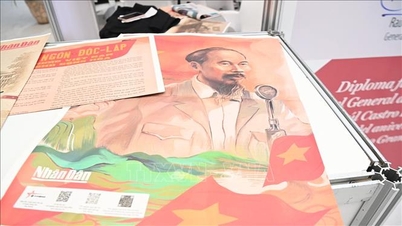
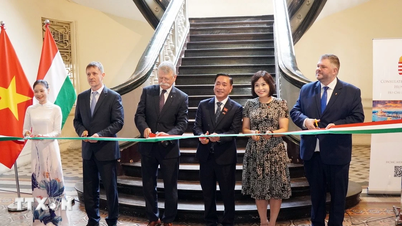











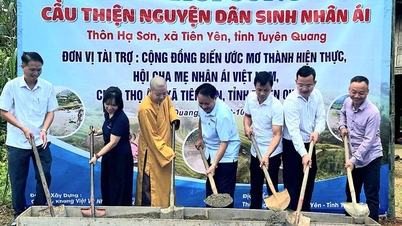

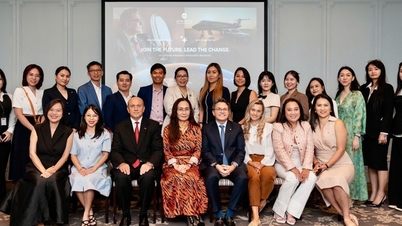

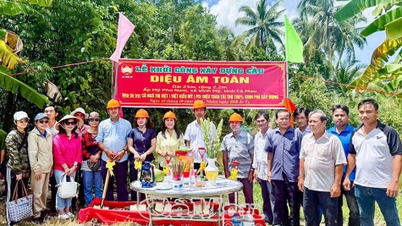

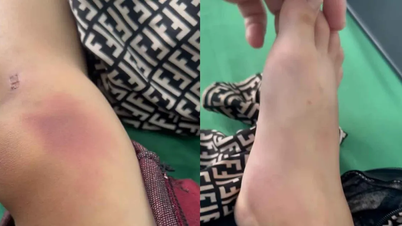












Comment (0)